A rare look back at Hatfield House's Grand Staircase, one of the finest of its type in existence, as it appeared in 1927
In a few weeks' time the Game Fair will take place at Hatfield House in Hertfordshire — something which prompted us to take a look back at one of the most extraordinary features of this great country house.
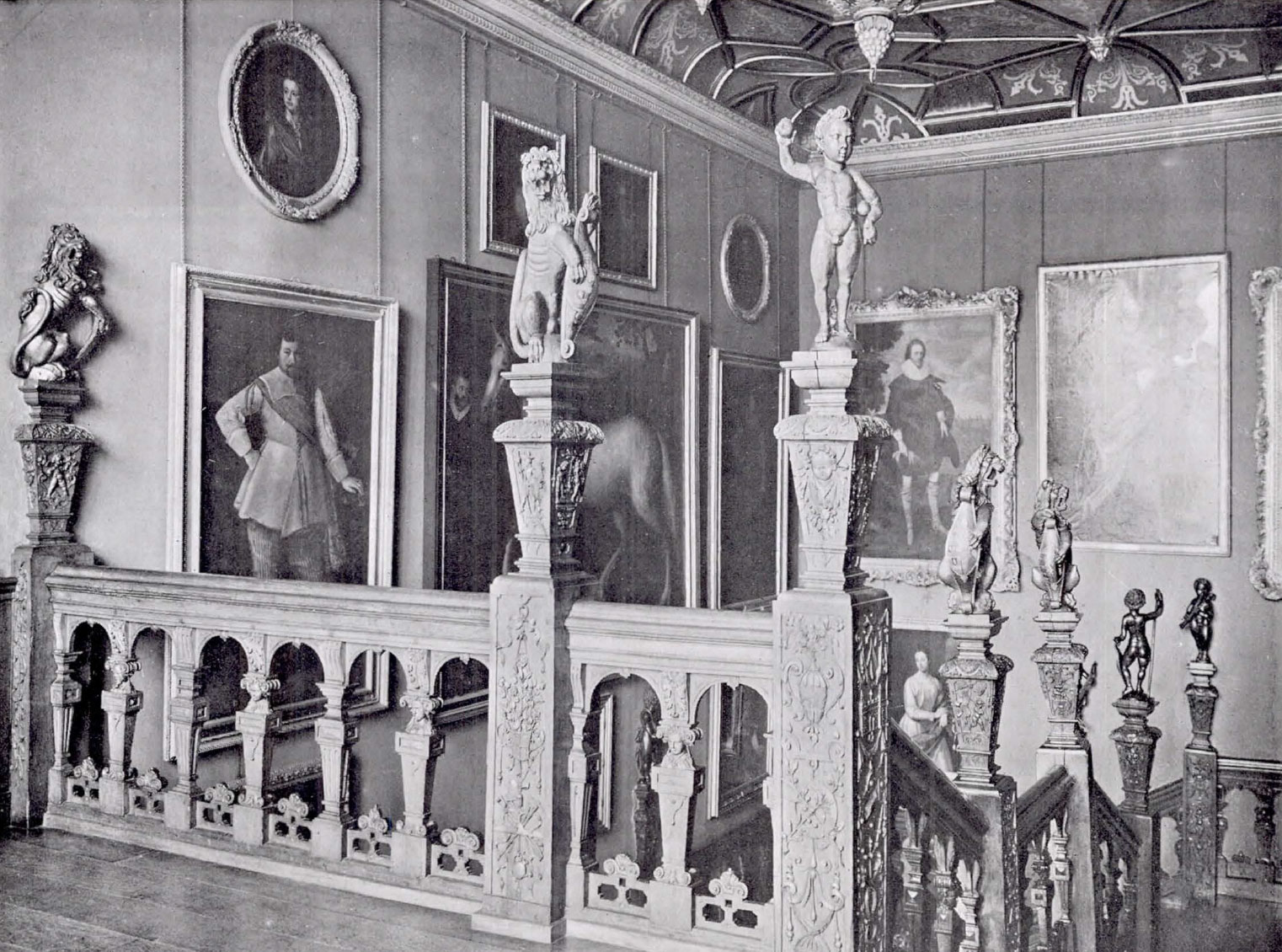

While the show itself takes place in the grounds of this beautiful old place, the interior of Hatfield House is just as noteworthy — take the main Marble Hall, for example:
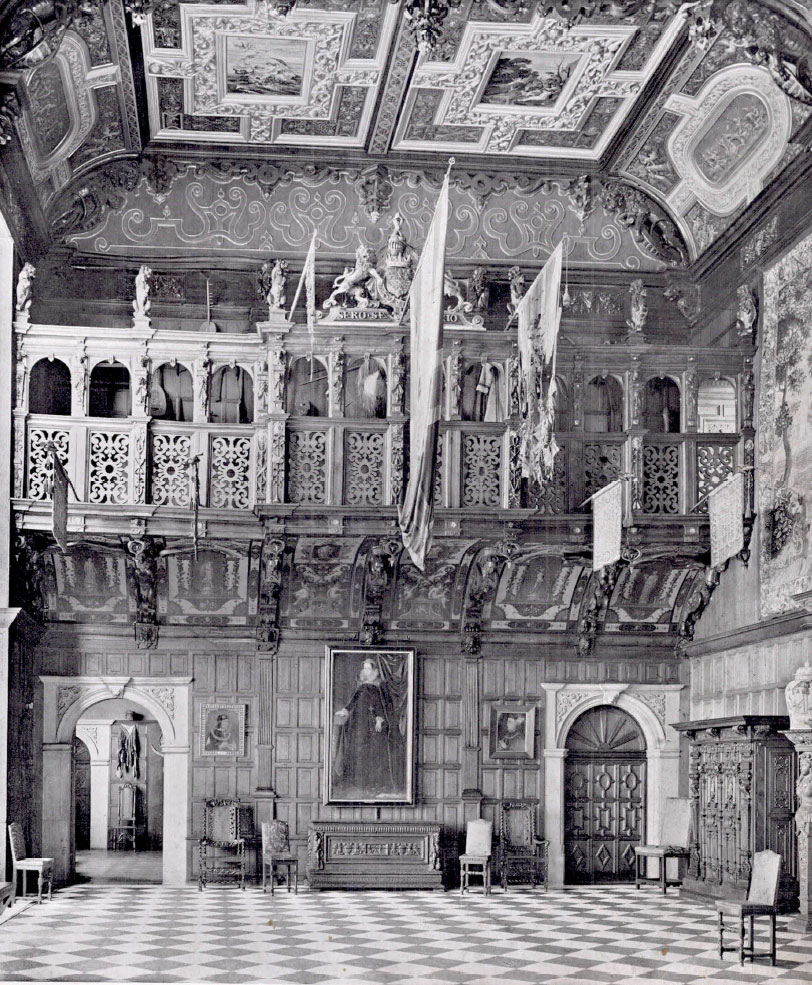
And here it is today — even the featured portrait is the same, though a couple of different chairs have been put out:
Just as interesting, however, is the incredible main Grand Staircase, which dates to 1611.
It's a magnificent sight today, and remarkably little changed — we've decided to take a look back at how Country Life found it back in 1927.
The carving is of extremely high quality, and shows great versatility of design and handling. Italian Renaissance arabesque designs are the foundation of them, ribbons and drapery, human forms and baskets of fruit appearing among the scrollwork.But we also get special subjects. Is it John Traclescant himself who holds his basket of flowers in one hand and his rake in the other, in the top panel of one of the posts on the landing (below, left)?Hatfield House. ©Country Life Picture LibraryBelow him, the main panel is entirely devoted to horticulture-spade, pickaxe and watering-pot are among the implements, while rose blooms stand up out of a tall wickerwork basket.On another post (below left) we get a parrot swinging on a drapery swag, and a bird in a cage above it.
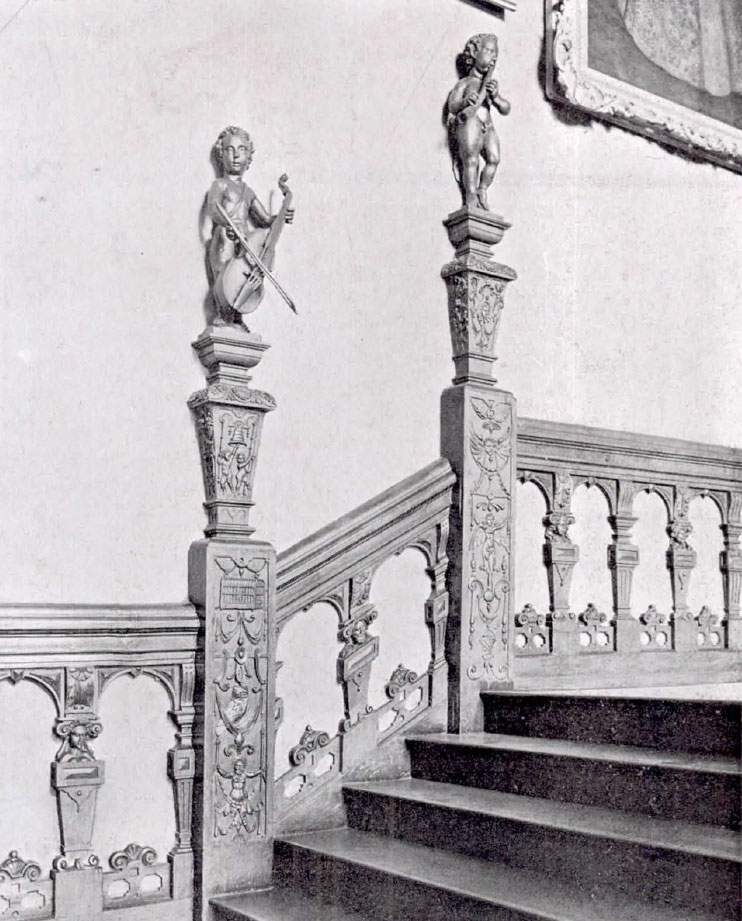
Although these panels are numerous, there is no repetition. Yet, rich as the whole thing is, there is nothing confused or overpowering about it. It is extremely stately; from the bottom it gives the effect of a rising avenue, with tall newel posts, treated as pedestals to heraldic lions or naked boys, repeated on the wall side, as is the highly enriched balustrading, where every other baluster is treated as a term.
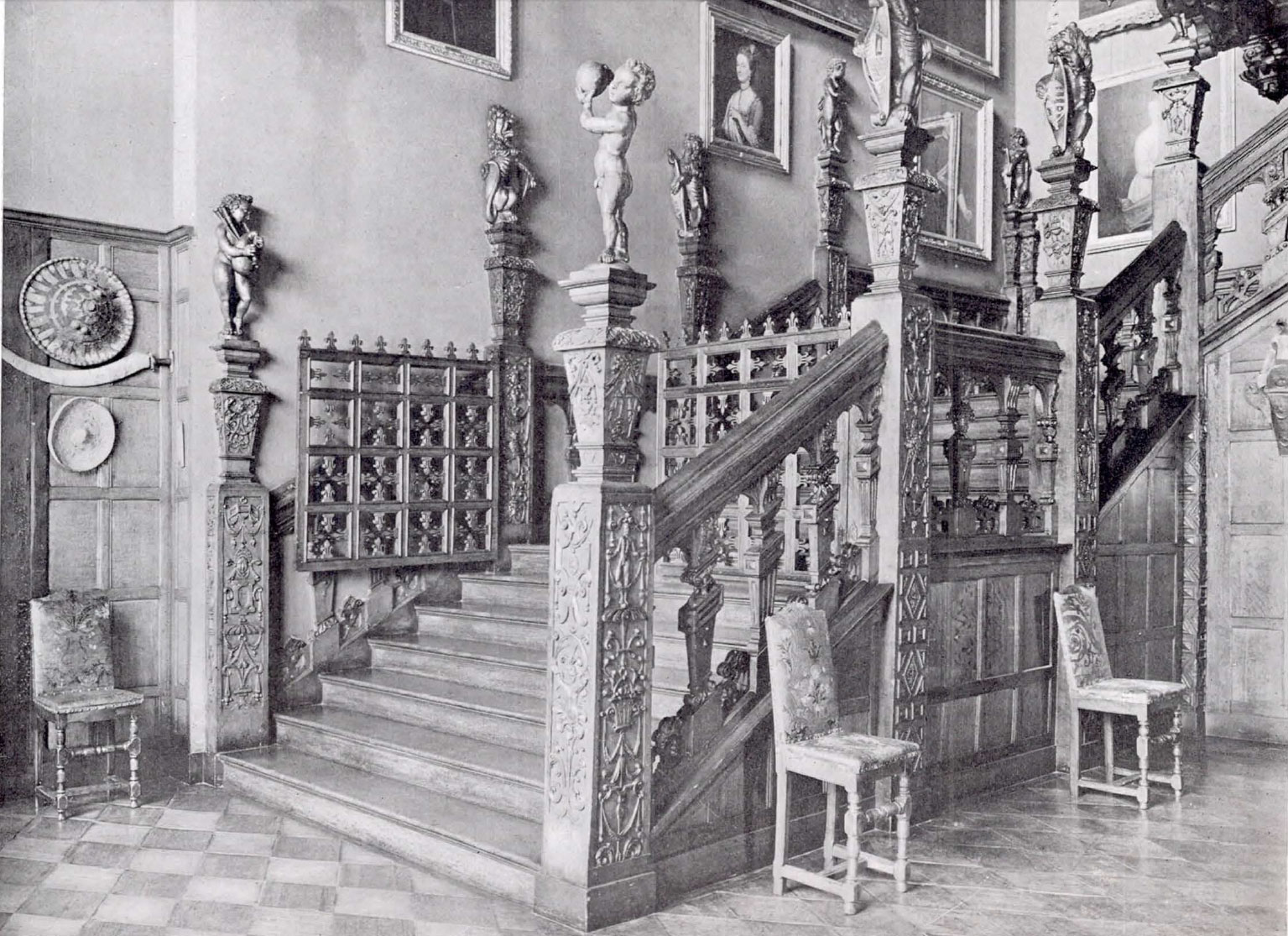
The feeling of spaciousness is given partly by the width of the treads and partly by there never being more than about half a dozen of them before a quarter-landing is reached. At the top of the first flight is a double doggate with fleur-de-lys enrichment.Altogether, there are five of these flights before the landing is reached, and everywhere, as we slowly ascend, the eye catches some pretty conceit in the carving of the newel posts, which, although beautifully modelled and finished, is sufficiently shallow to give it a light effect. The heraldic lion finials are much the same as those on the east gallery of the hall, and, in stone, on the roof parapet.
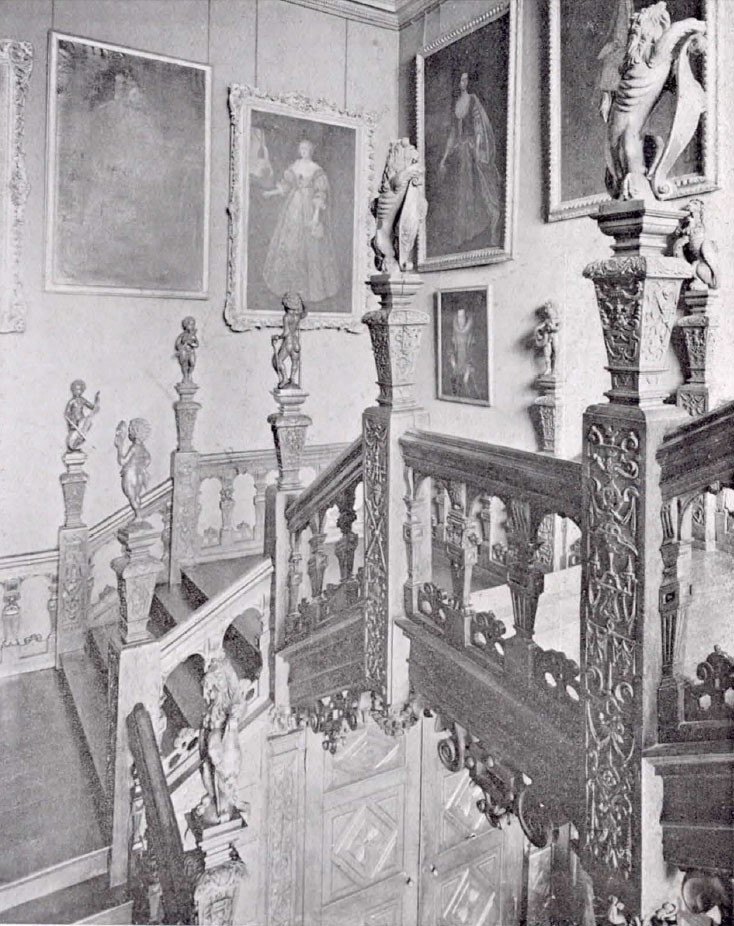
Sign up for the Country Life Newsletter
Exquisite houses, the beauty of Nature, and how to get the most from your life, straight to your inbox.
Country Life is unlike any other magazine: the only glossy weekly on the newsstand and the only magazine that has been guest-edited by HRH The King not once, but twice. It is a celebration of modern rural life and all its diverse joys and pleasures — that was first published in Queen Victoria's Diamond Jubilee year. Our eclectic mixture of witty and informative content — from the most up-to-date property news and commentary and a coveted glimpse inside some of the UK's best houses and gardens, to gardening, the arts and interior design, written by experts in their field — still cannot be found in print or online, anywhere else.
-
 How an app can make you fall in love with nature, with Melissa Harrison
How an app can make you fall in love with nature, with Melissa HarrisonThe novelist, children's author and nature writer Melissa Harrison joins the podcast to talk about her love of the natural world and her new app, Encounter.
By James Fisher
-
 'There is nothing like it on this side of Arcadia': Hampshire's Grange Festival is making radical changes ahead of the 2025 country-house opera season
'There is nothing like it on this side of Arcadia': Hampshire's Grange Festival is making radical changes ahead of the 2025 country-house opera seasonBy Annunciata Elwes
-
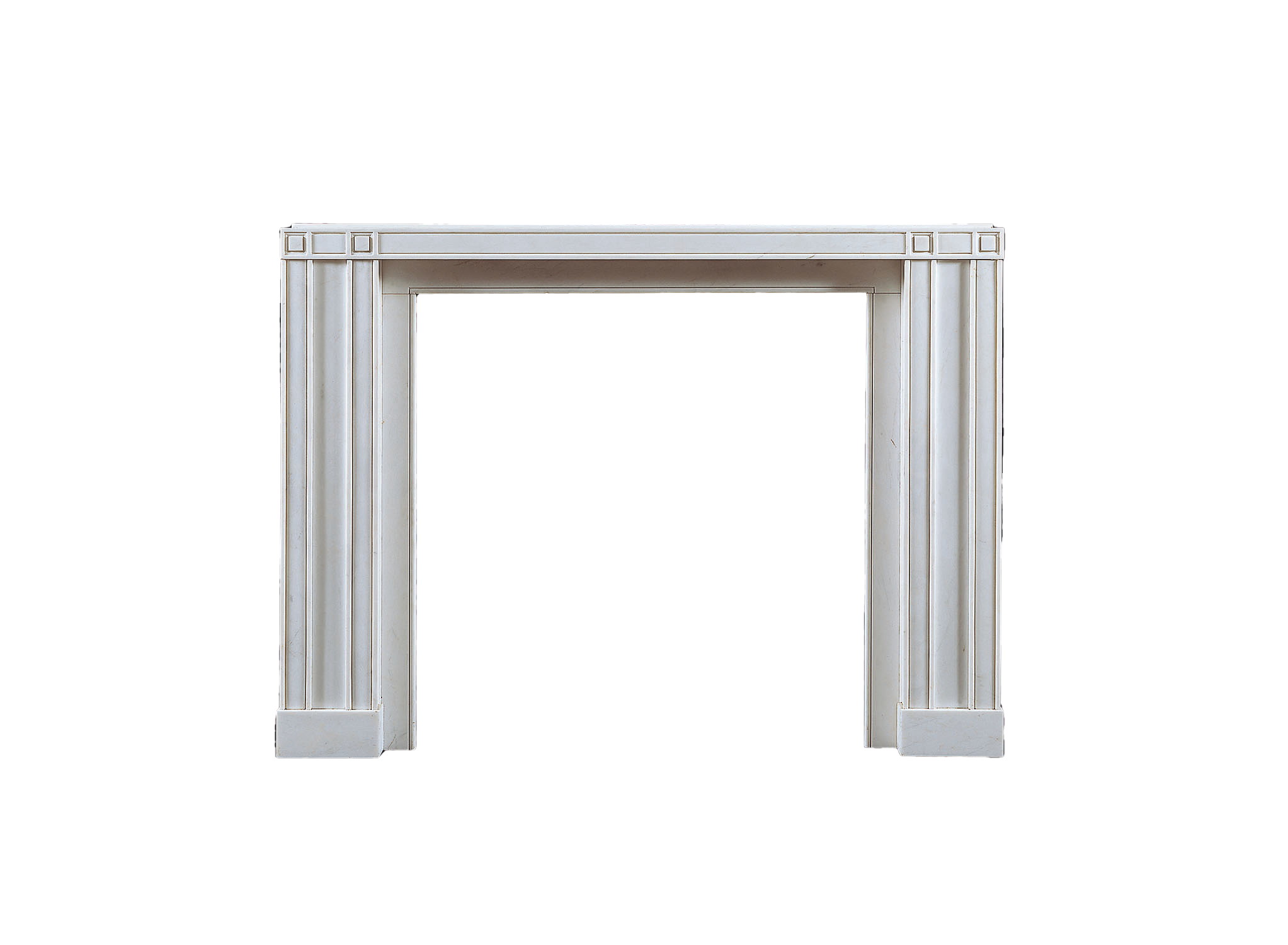 The chimneypiece by Sir John Soane that still inspires designers to this day
The chimneypiece by Sir John Soane that still inspires designers to this dayThe reductivist simplicity of a chimney piece designed 200 years ago by Sir John Soane explains the architect’s reputation as a founding father of Modernism.
By Matthew Dennison
-
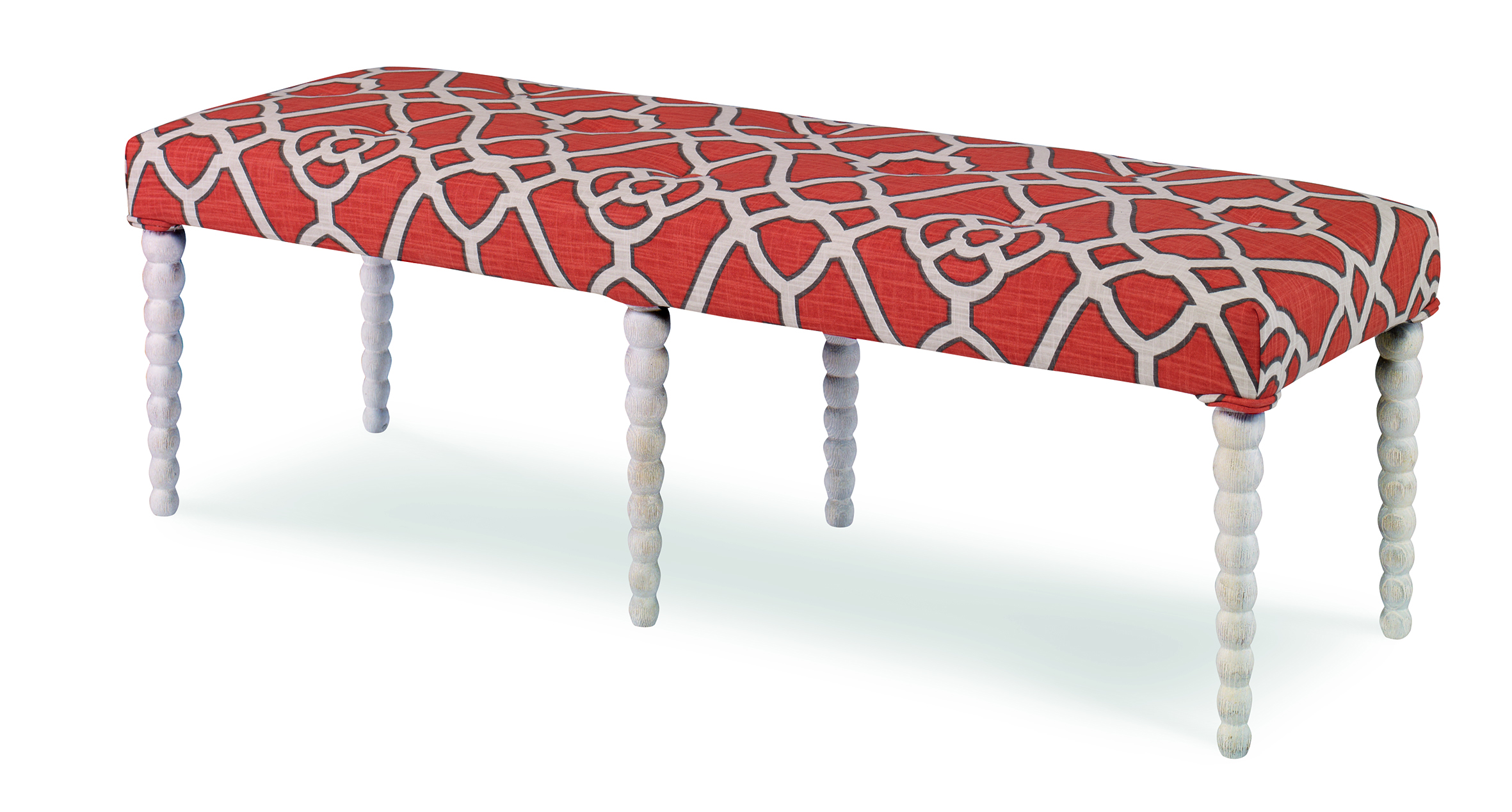 Four ways to give your bedroom the luxury hotel treatment
Four ways to give your bedroom the luxury hotel treatmentGiles Kime explains how hotels can teach us to be ahead of inspirational design trends and how we can make our bedrooms design masterpieces.
By Giles Kime
-
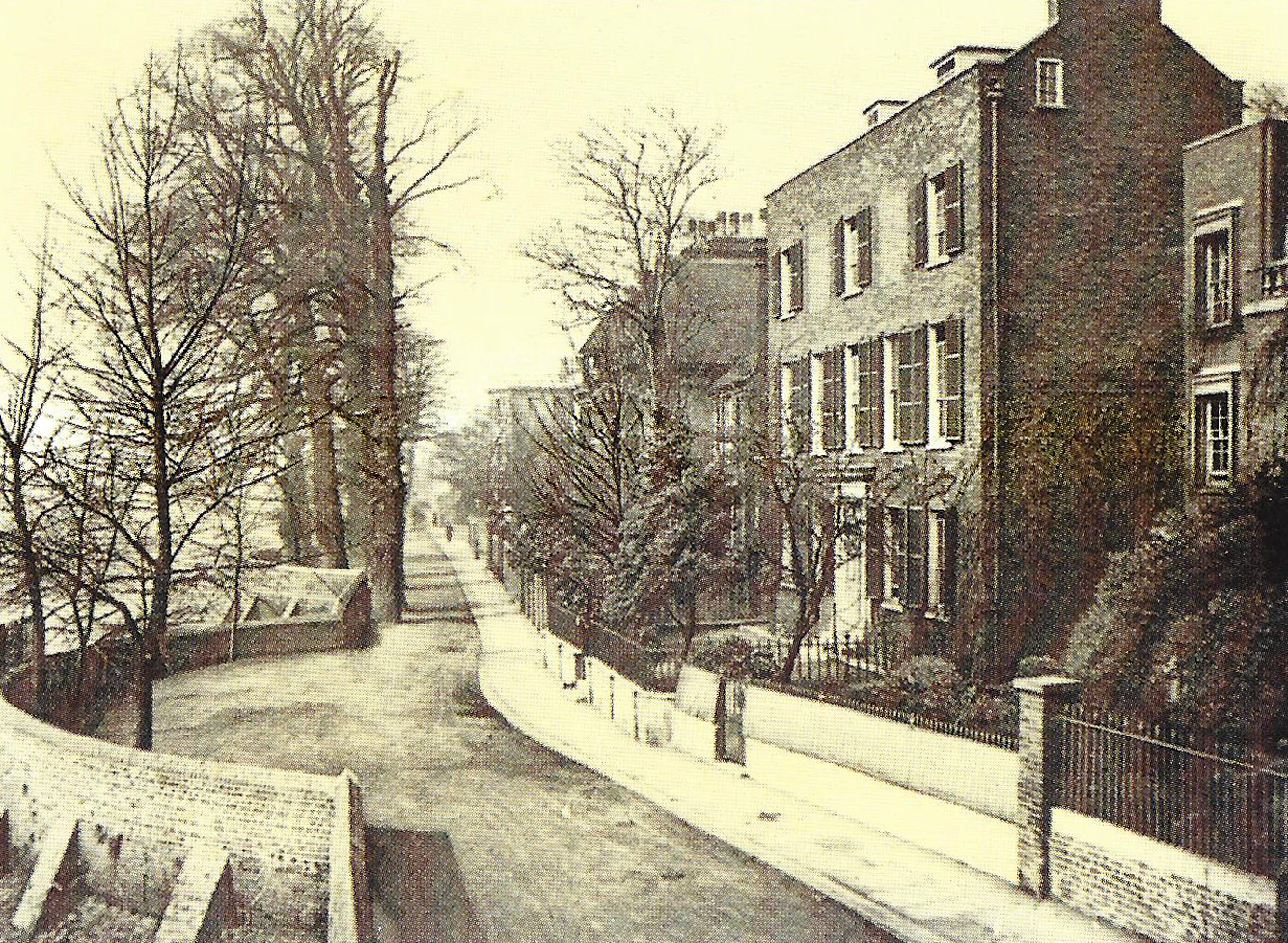 How William Morris transformed his London home: 'Let us hope we shall all grow younger there, my dear'
How William Morris transformed his London home: 'Let us hope we shall all grow younger there, my dear'William Morris's London home was just as remarkable as his country houses, as Clive Aslet discovered during a visit to the new exhibition at Kelmscott House.
By Clive Aslet
-
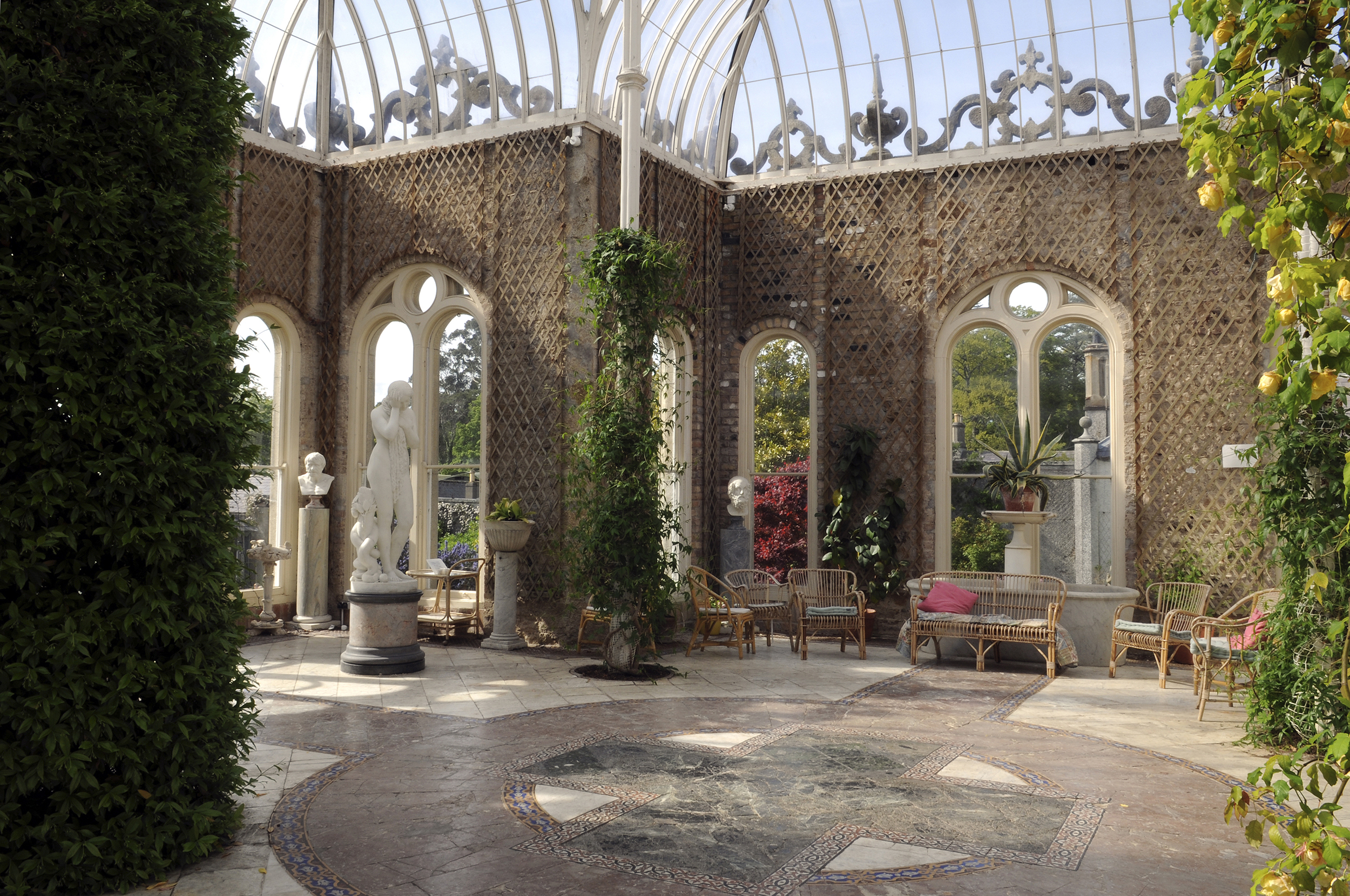 The joy of the orangery, and how an 18th century practicality became 21st century luxury
The joy of the orangery, and how an 18th century practicality became 21st century luxuryAn orangery is a joy, whether you use it for growing fruit or merely as a perfect way to link your garden to the rest of your house.
By Toby Keel
-
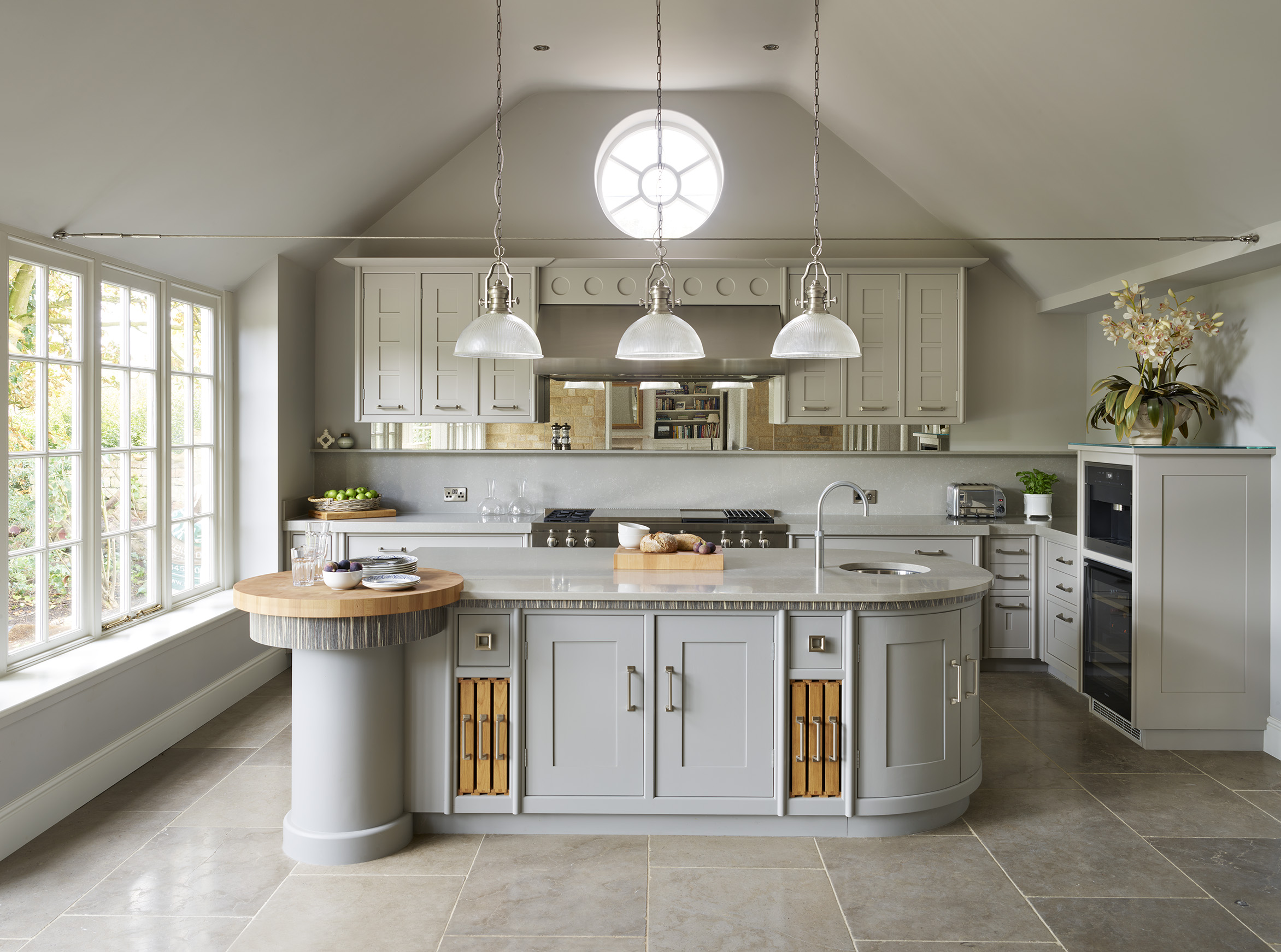 Art Deco kitchens: How a touch of 1920s glamour and dash can lift your most-used room
Art Deco kitchens: How a touch of 1920s glamour and dash can lift your most-used roomHaving a touch of classic inspiration isn't necessarily about recreating a look from the past — it can be as simple as taking a few details here and there, as Giles Kime explains.
By Giles Kime
-
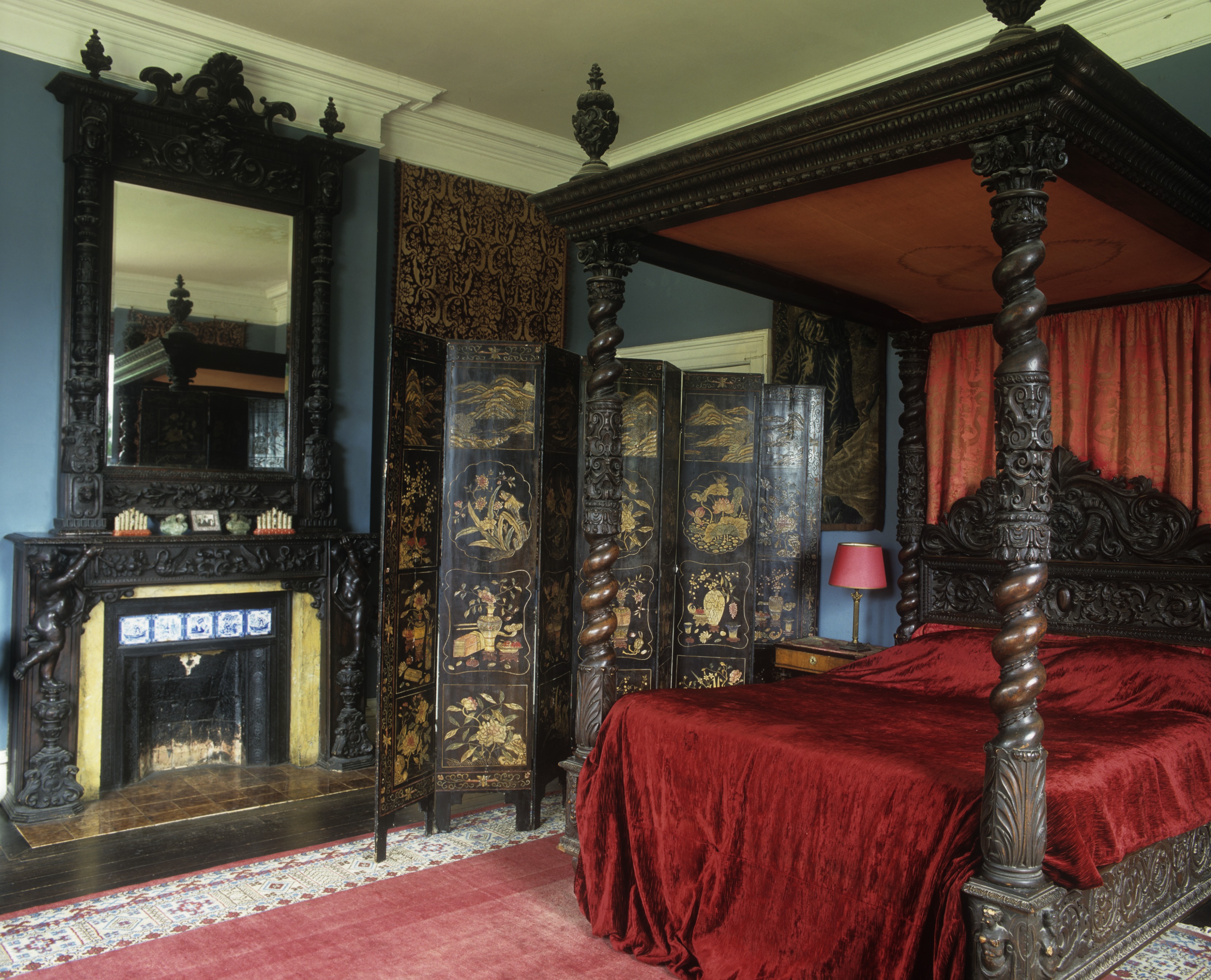 A classic 19th century Italianate bedroom in an Irish country house, proving that sometimes more is more
A classic 19th century Italianate bedroom in an Irish country house, proving that sometimes more is moreThe Red Bedroom at Castle Leslie was feature in Country Life back in 1999, having been furnished over one hundred years earlier. It remains much the same today.
By Alexandra Fraser
-
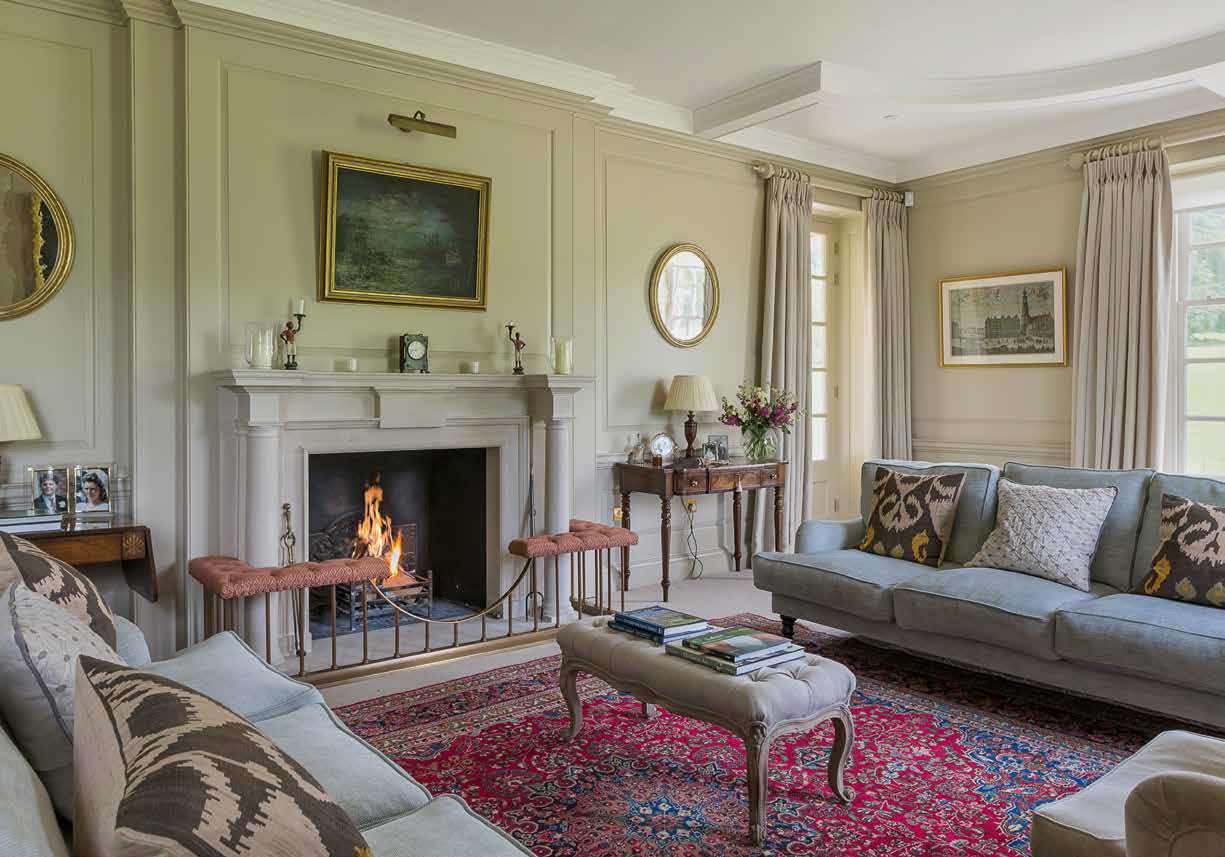 A drawing room and kitchen-family room which show just what is possible when you blend old and new
A drawing room and kitchen-family room which show just what is possible when you blend old and newThe living and dining spaces of Chitcombe House in Dorset offer all manner of lessons in making a modern family home that's sympathetic to the great architectural traditions.
By Toby Keel
-
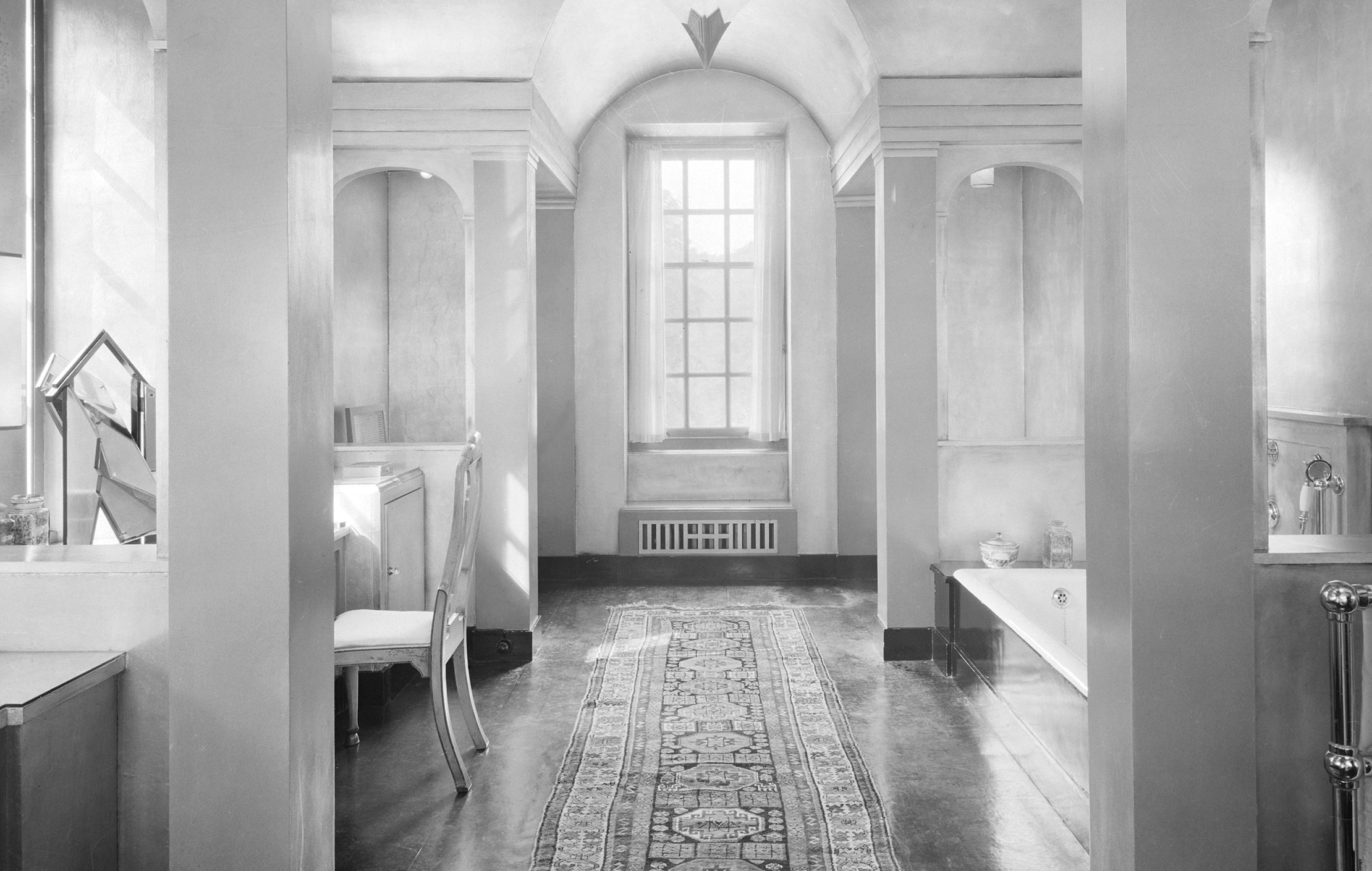 A classic 1930s bathroom with exotic charm and an unexpected touch of bling
A classic 1930s bathroom with exotic charm and an unexpected touch of blingThe bathroom at Upton House in Warwickshire was featured in Country Life back in 1936.
By Toby Keel